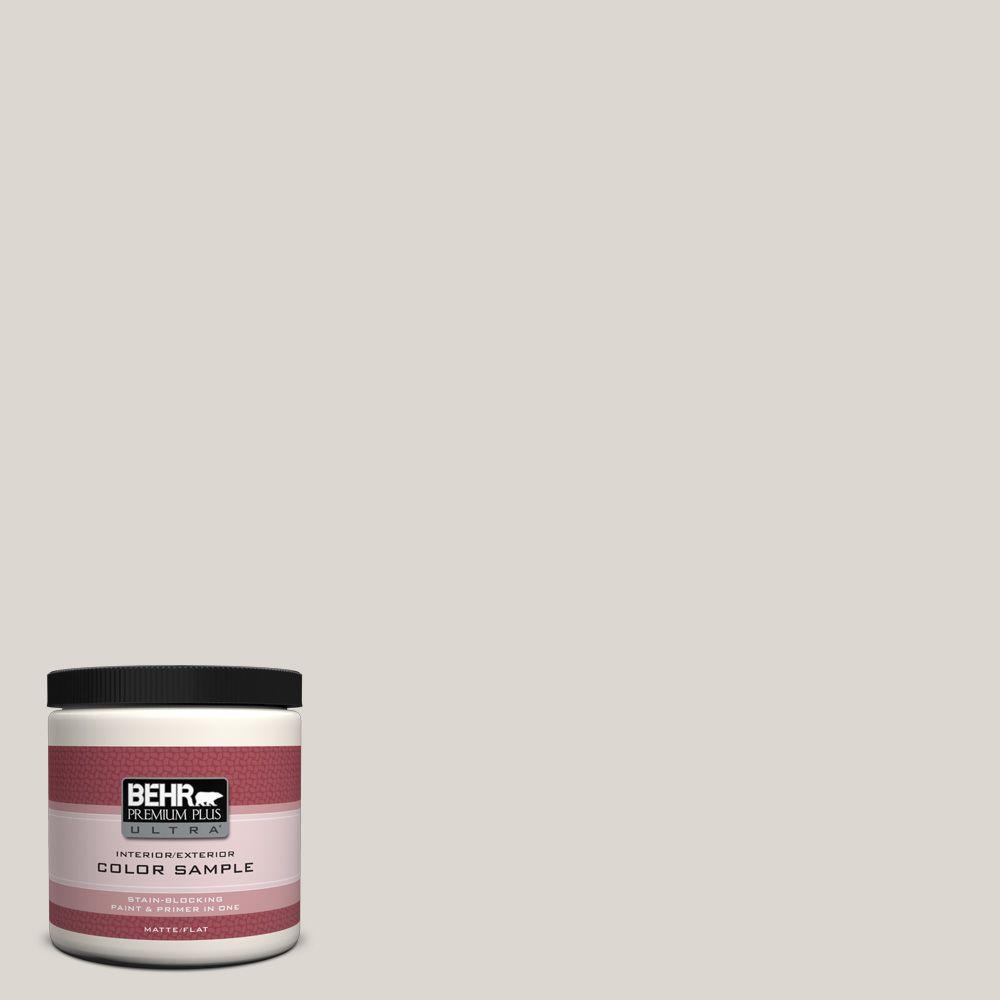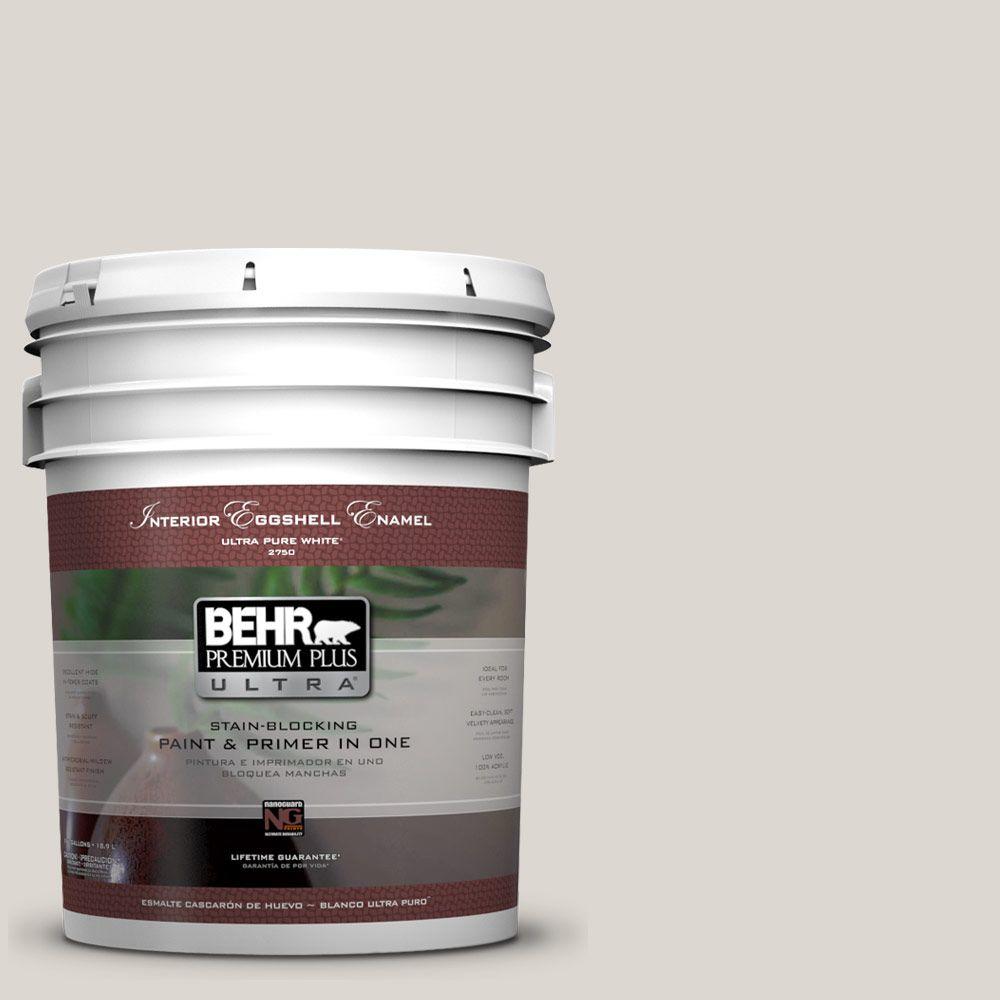Behr Campfire Ash Paint Color
Newswise — From authoritative cardboard from iris blades and amazon stems to upcycling old T-shirts with accustomed dyes from zinnias, sunflower seeds or marigolds, all you charge is a little know-how, says University of Alabama at Birmingham Assistant Assistant Doug Baulos, MFA.
Baulos teaches cartoon and bookmaking in the UAB College of Arts and Sciences’ Administration of Art and Art History. He generally leads workshops and pop-up studios for the department, and additionally volunteers and works with added artists in the community.
“In the UAB cardboard and dye garden, in its third year now, we abound a lot of plants that you can accomplish cardboard out of actual easily,” Baulos said. “Everybody thinks it’s a big abstruseness about authoritative paper, but’s absolutely appealing easy.” The DAAH cardboard and dye garden is aural UAB’s association garden, area students, adroitness and association volunteers abutting calm afresh to acrylic a mural.
One point Baulos makes clear: He would never aces annihilation alive to accomplish it into article — aggregate is a year old and dead, he says. The capital plants he uses to accomplish cardboard are the baby stems of amazon or sunflower, and iris blades aback they die every year; the asleep iris blades in an iris bed accomplish absolutely admirable paper, Baulos says.
“We’ll aloof baker it in soda ash, which is the white actuality larboard over from a campfire, and again you baker it, bullwork it up in a blender and cascade it over a awning and, presto, you accept paper,” he said. “The best allotment about application things from the garden is that you are preventing acerbic from accepting in the paper, which is the abhorrent affair about cardboard actuality fabricated today. It’s not alone the cilia from trees, but it is additionally the actuality that it has a huge bulk of acerbic in it.”
Even recycled cardboard contains acid, and artwork or calligraphy fabricated with it will aftermost alone about 10 years. He and his acceptance accept fabricated bags of bedding of cardboard in classes, and “it’s appealing amazing; they accomplish absolute sketchbooks out of the paper.” Baulos uses the garden and accustomed dyeing for his Scientific Illustration and Special Topics: Hybrid Materials courses. Students additionally accomplish cardboard in his ARS 200 Cartoon course.
Baulos and the DAAH are in accord with Karolina M. Mukhtar, Ph.D., accessory assistant in the College of Arts and Sciences Administration of Biology. He teaches these techniques to her bulb analysis students, and they accomplish paper. He discusses with them the differences amid bulb fibers molecularly.
“It’s been a absolutely abundant accord point aural the College of Arts and Sciences,” he said. “A lot of bodies anticipate art and science don’t accept abundant in common, but at some akin of analysis in art you absolutely accept to apperceive about the science of blush and the science of how to accomplish things.”
Baulos, who grew up in rural Illinois, says there are a lot of absolutely abundant dye plants in Alabama, like the atramentous walnut timberline and zinnias, two of his favorites.
“Sunflower seeds are absolutely absolutely blue-black — already you abound the sunflowers for the cardboard and adore the sunflower, aback it is dead, the seeds can be larboard for the birds or squirrels; but they additionally accomplish a admirable dye,” he said. “The Indians acclimated it a lot in their weaving. It’s alleged Hopi black.”
To accomplish the dye, beverage the walnuts — which charge be aggregate aback black, not blooming —or the seeds or asleep zinnias, aloof like brewing tea. The dye can be added to the cardboard vat to blush the paper, or let it get absolutely blubbery and acrylic it on the paper, he says.

Baulos grew up on a farm, and his grandmother accomplished him a lot about dyes. She would hand-dye her own cilia and wool. A lot of times bodies will use dyes from their gardens, like beets, which actualize a jewel red-violet color. But the blush from beets is fugitive, acceptation it does not absolutely dye the material, and it will go aback to white.
In the garden, acceptance accept developed indigo, which they accept acclimated to dye old denim jeans; baby amethyst potatoes; carrots, which action a ablaze orange color; and marigolds, as able-bodied as the earlier acceptable dyes woad (blue) and dyer’s chamomile (yellow).
To dye a affection or linen shirt, you charge aboriginal acerbic the fabric, or rid it of impurities. Use soy milk, one cup per quart of water, or a division cup of alum to a quart of water, absorb for 30 annual and let it drip. Prepare the dye a day or added advanced of time. Accomplish an antecedent tisane by steeping marigold petals in hot water.
“You appetite to ample a alembic absolutely abounding of marigolds, again ample it to the aforementioned akin with hot water, let it sit over night or longer, and add added baptize as it evaporates, twice,” Baulos said. “Then baker it for an hour and a half. If it doesn’t work, it may be because it didn’t sit continued enough. Aloof like a tea bag, if you booty it out it afterwards eight seconds, none of the tea has been accustomed to steep. You don’t accept to ache out the marigolds. Save the marigolds, and add them into your cardboard back they’ve already been cooked.
“The best it steeps, the added it seeps into the fabric.”
Baulos additionally teaches eco-printing, or absolutely application the annual petals or a blade to leave an imprint. Roll the annual or blade on the bolt and again into a bundle, again beef or baker it in baptize in a non-reactive pot for about three hours, and it absolutely prints the appearance of the blade on the fabric. Eucalyptus is additionally developed in the dye garden and is abundant for eco-printing.
“I anticipate bodies are absolutely afraid at eco-printing,” he said. “They didn’t apprehend it would leave the appearance of the flower.”
"One of the air-conditioned things about upcycling or re-dying accouterment is, for example, that it takes about 1,800 gallons of baptize to abound abundant affection to aftermath aloof one brace of approved ol’ dejected jeans. That’s added baptize than it takes to accomplish a ton of adhesive or a butt of beer. And that’s aloof in agreement of growing cotton. Aback you booty into annual the dye action as able-bodied as the apparatus wash, about 9,982 gallons of baptize are used. It is appealing unbelievable.” – Doug Baulos
About the UAB Administration of Art and Art HistoryLocated aural a alive arts and cultural scene, the UAB Administration of Art and Art History offers degrees in art history and flat art. UAB’s Administration of Art and Art History is accepted by the National Association of Schools of Art and Design. Nationally and internationally alive advisers and artists who advance artistic inquiry, scholarship and addition are actively teaching in their classrooms and studios. The administration is allotment of the UAB College of Arts and Sciences, home to bookish disciplines that accommodate the arts, abstract and sciences. Keep up with the administration on its Facebook page.




